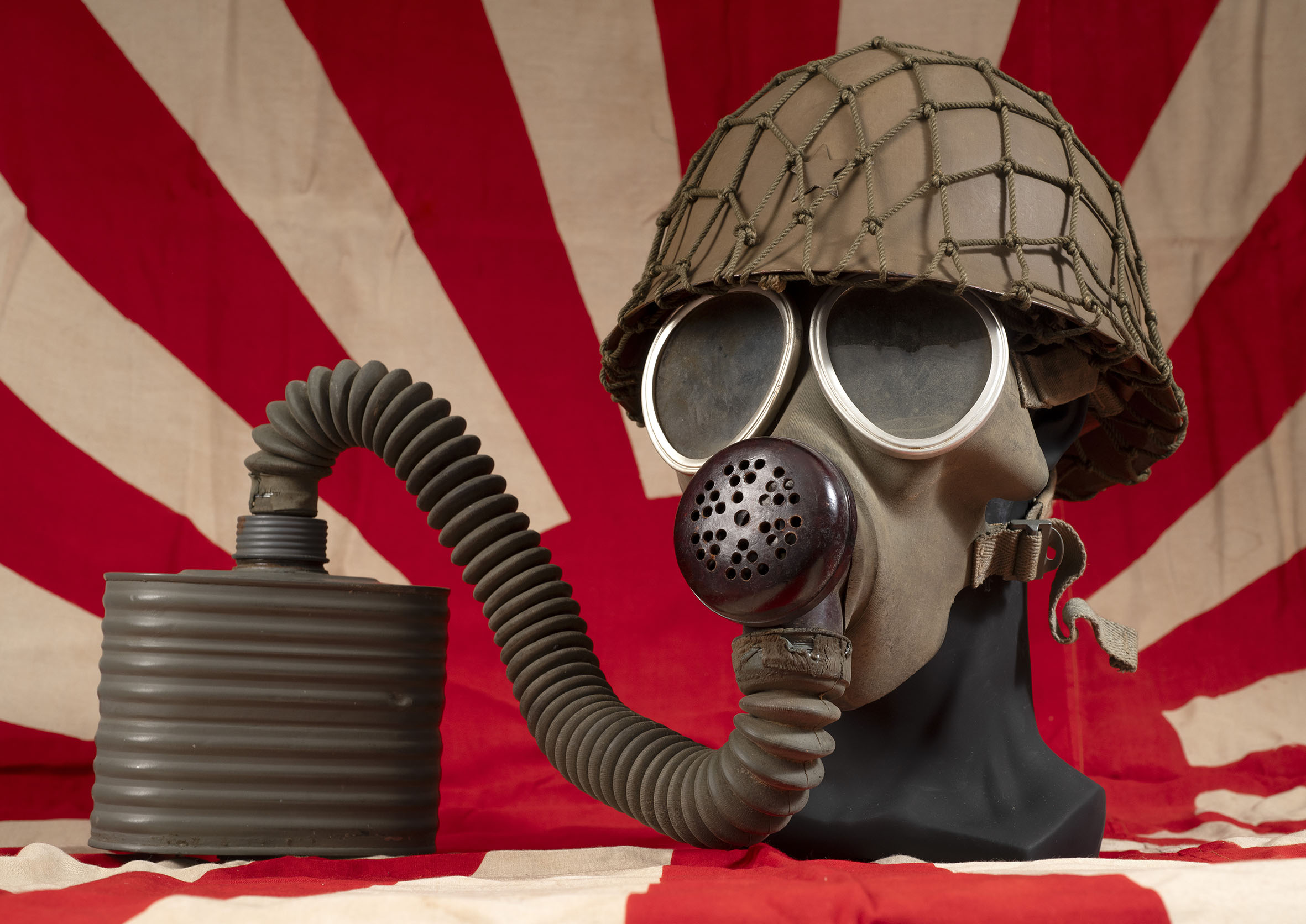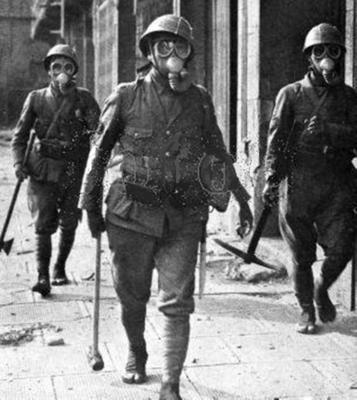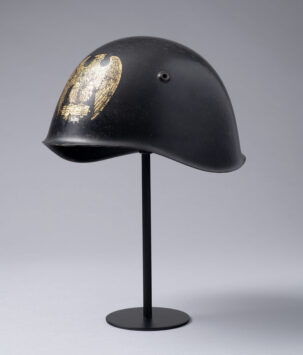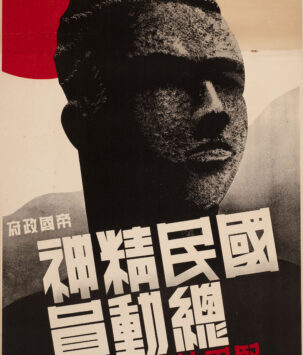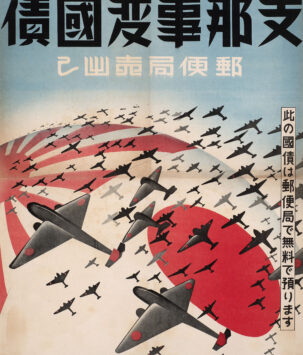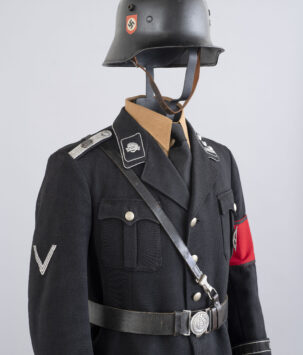Type 93 Gas Mask
Japan was the only nation in the Second World War to employ biochemical warfare as part of its doctrinal tactics. Ghoulish platoons of masked Imperial Japanese infantry prowled the urban rubble of China, their latest military hardware and mechanized forces juxtaposed by the medieval katanas wielded by their officers. In urban environments where chemical weapons were deployed, melee engagements were actively pursued by the Japanese with their characteristic élan to rout the relatively disorganized Chinese troops. The Japanese military idolized their samurai past and the bayonet charge and sword were seen as modern echoes of the warrior’s blade. Closing in on the enemy was a test of courage and honor. Emerging from the toxic mist armed with their feudal weaponry and armored support, Japan’s idiosyncratic military principles would result in a visually extraordinary combat environment unique to the Pacific theatre, at times unexampled in its almost comically nightmarish aesthetic.
Japanese chemical weapons were administered to devastating effect against the Chinese, who were unprepared for biochemical warfare and lacked any form of protective gear or countermeasures against it. Alongside conventional gas attacks in offensive operations, Chinese cities were bombed by the Japanese air service with experimental bacteriological weaponry, including airborne canisters containing bubonic plague, leading to several widespread epidemics.
Free shipping on orders over $50!
- Satisfaction Guaranteed
- No Hassle Refunds
- Secure Payments
Japan was the only nation in the Second World War to employ biochemical warfare as part of its doctrinal tactics. Ghoulish platoons of masked Imperial Japanese infantry prowled the urban rubble of China, their latest military hardware and mechanized forces juxtaposed by the medieval katanas wielded by their officers. In urban environments where chemical weapons were deployed, melee engagements were actively pursued by the Japanese with their characteristic élan to rout the relatively disorganized Chinese troops. The Japanese military idolized their samurai past and the bayonet charge and sword were seen as modern echoes of the warrior’s blade. Closing in on the enemy was a test of courage and honor. Emerging from the toxic mist armed with their feudal weaponry and armored support, Japan’s idiosyncratic military principles would result in a visually extraordinary combat environment unique to the Pacific theatre, at times unexampled in its almost comically nightmarish aesthetic.
Japanese chemical weapons were administered to devastating effect against the Chinese, who were unprepared for biochemical warfare and lacked any form of protective gear or countermeasures against it. Alongside conventional gas attacks in offensive operations, Chinese cities were bombed by the Japanese air service with experimental bacteriological weaponry, including airborne canisters containing bubonic plague, leading to several widespread epidemics.
